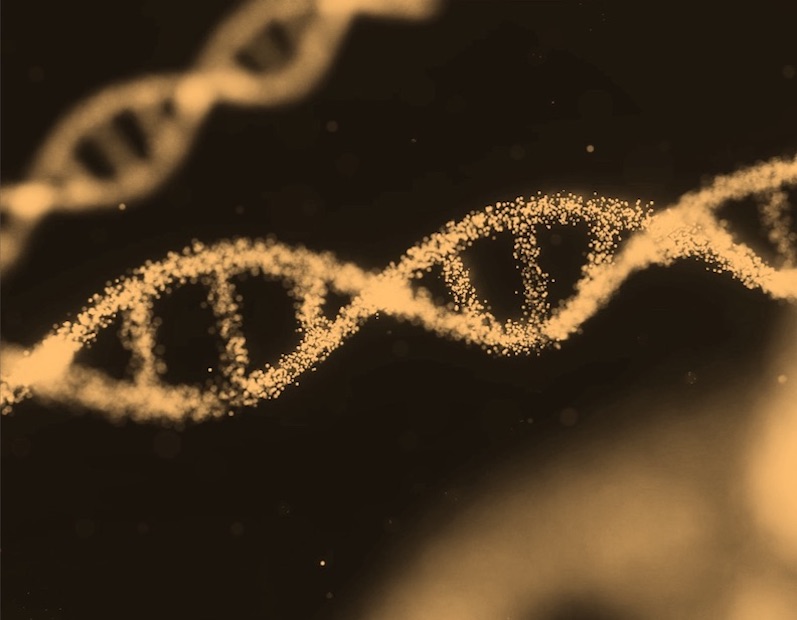What is it about?
High-resolution crystal structures reveal that peptide bonds in α-helices exhibit more enol-like characteristics than those in β-strands, including potential protonation of peptide oxygen atoms.
Featured Image

Photo by charlesdeluvio on Unsplash
Why is it important?
This study underscores the unique insights provided by high-resolution protein crystallography, uncovering peptide bond properties that have been overlooked by traditional methods such as crystallography, NMR, and cryo-EM. It calls for a reconsideration of local restraints in structure refinements, shedding light on peptide bond dynamics crucial for protein function.
Perspectives

Our findings highlight subtle protonation effects and electronic properties of peptide bonds that current computational predictions fail to capture. This paves the way for advancements in structural biology, refinement methodologies, and our broader understanding of protein structure and function.
Dr. Santosh Panjikar
ANSTO, Australian Synchrotron
Read the Original
This page is a summary of: Peptide bonds revisited, IUCrJ, March 2025, International Union of Crystallography,
DOI: 10.1107/s2052252525002106.
You can read the full text:
Contributors
The following have contributed to this page








